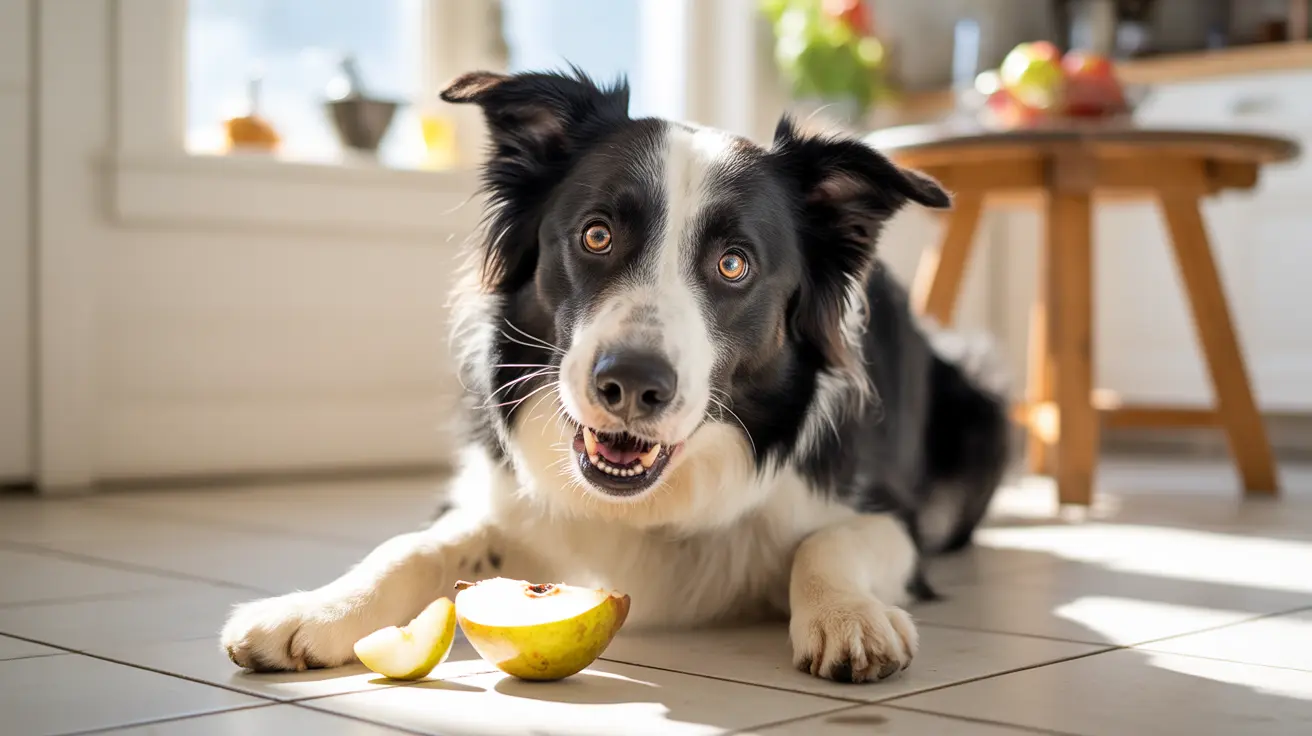Why Your Dog Might Need a Gastropexy: Understanding the Life-Saving Procedure
Gastropexy is a surgical procedure performed primarily to prevent or treat a serious, potentially fatal condition in dogs known as gastric dilatation and volvulus (GDV). Commonly referred to as "bloat," GDV occurs when the stomach fills with gas, dilates, and then twists on itself. This torsion traps gas and fluids inside, impeding blood flow and causing rapid shock, tissue death, and even death within hours if untreated.
What Is Gastropexy?
A gastropexy involves attaching the stomach to the right abdominal wall to secure it in place and prevent it from twisting. While it does not prevent gastric dilation (bloating), it significantly lowers the risk of volvulus—the twisting that causes the most severe complications of GDV.
Reasons for Gastropexy
- Treatment of GDV: During emergency surgery to treat GDV, gastropexy helps prevent recurrence after the stomach is untwisted.
- Preventative Measure: Known as prophylactic gastropexy, this is recommended for breeds and individuals at high risk for GDV, often performed during spay or neuter surgeries.
High-Risk Breeds
Large, deep-chested breeds are most prone to GDV. These include:
- Great Danes
- Saint Bernards
- Irish Setters
- German Shepherds
- Standard Poodles
- Weimaraners
Risk is also increased by other factors such as:
- Rapid eating
- Feeding one large meal per day
- Advanced age
- Anxiety
- Family history of GDV
- Previous splenectomy
Types of Gastropexy Procedures
- Incisional Gastropexy: A small incision in both the stomach wall and abdominal wall are sutured together. This technique is simple and has a low complication rate.
- Belt-Loop Gastropexy: A stomach flap is looped through the abdominal wall and affixed.
- Circumcostal Gastropexy: A flap from the stomach is passed behind the rib and secured.
- Laparoscopic-Assisted Gastropexy: Minimally invasive, requiring small incisions and specialized equipment. This method offers faster recovery, less pain, and minor scarring but may only be available at specialty clinics.
When to Perform Gastropexy
Elective gastropexy is generally recommended once a dog has reached adult size, often between 6 to 12 months, or during sterilization surgery. Preventative gastropexy dramatically reduces the risk of GDV-related death—Great Danes, for example, are up to 30 times less likely to die from GDV if they undergo this procedure.
Post-Surgery Expectations
Most dogs recover quickly from gastropexy. Some important postoperative care steps include:
- Rest and restricted activity for 2 to 6 weeks.
- Keeping the incision clean and dry for 7 to 14 days.
- Pain management and careful adherence to veterinary instructions.
- Feeding small, frequent meals for a couple of weeks post-op.
- Using a recovery cone to prevent licking or scratching the surgical site.
Laparoscopic procedures typically heal in about two weeks, while open surgeries involve a longer incision but don’t necessarily extend recovery time significantly.
Gastropexy Success Rates
The prognosis after a gastropexy is excellent. The recurrence rate of GDV post-surgery is less than 5%, especially compared to rates up to 80% in dogs treated for GDV without the procedure.
Risks and Alternatives
As with any surgery, gastropexy carries some potential risks:
- Infection
- Incision site complications
- Reactions to anesthesia
- Bleeding
- Rare chance of damage to adjacent organs
- Temporary gastrointestinal upset
Alternatives to surgery include lifestyle modifications such as providing multiple small meals daily, use of slow feeders, avoiding elevated feeding bowls, and reducing anxiety. However, these measures cannot fully prevent GDV, making gastropexy the most reliable preventative method.
Conclusion
A gastropexy is a prudent, often life-saving surgery for dogs at risk of GDV. Whether performed as a preventative or emergency procedure, it greatly improves prognosis and offers peace of mind to dog owners.
If your dog belongs to a high-risk breed or has other predispositions, you should consult your veterinarian about whether gastropexy is an appropriate option.





